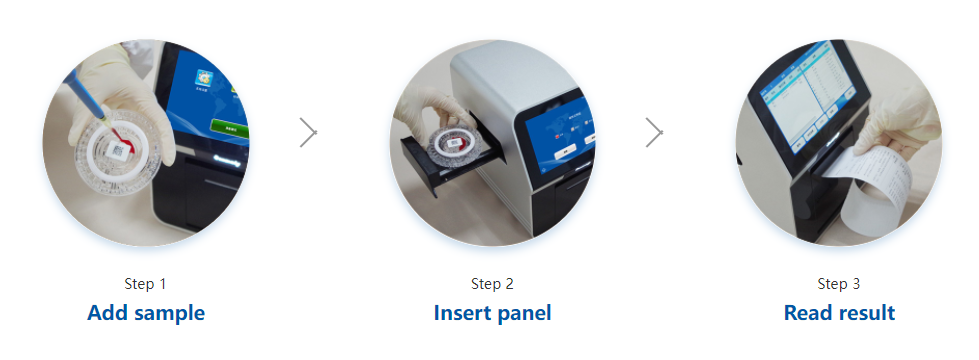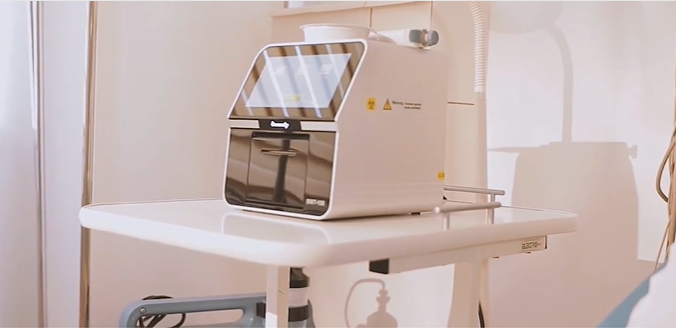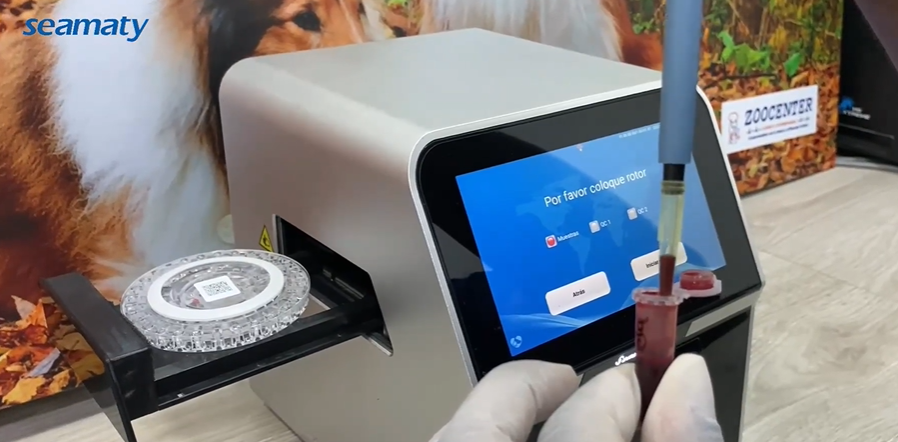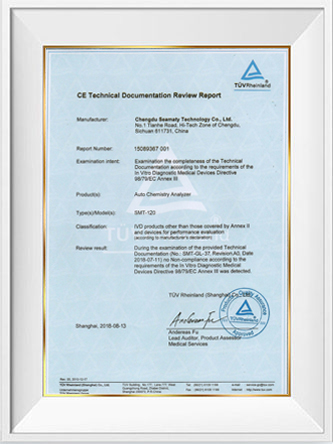release time:2021-12-24 14:55:52
To facilitate the growth of this market, Seamaty has developed and manufactured a portable POC testing instrument, the Vet Chemistry Analyzers SMT-120VP.

Animal blood biochemistry testing is an important step for the clinician to diagnose disease, but the diagnostic results do not completely determine which disease is present. The veterinarian should rely on the clinical signs of the animal, the owner's statement of the condition. In addition, the doctor should combine pathological examination, hematology, biochemical data, imaging and other processes, combined with the relevant data, and then come up with a definitive diagnosis.

2022-06-17
Dry chemistry analyzers are Point of Care Testing (POCT) devices used to measure various components in a blood sample. The most common use for these analyzers is to measure blood sugar levels, but they can also be used to test for other parameters such as hemoglobin levels and potassium levels.

2022-06-14
A full set of biochemical tests, electrolytes, complete hematological tests and urine tests are the most basic health information.

2021-10-22
The following is an introduction to the process of CE certification for medical devices.Step 1: Determine and analyze the exported device. Determine whether your medical device is within the scope of the 3 medical device directives of the EU.